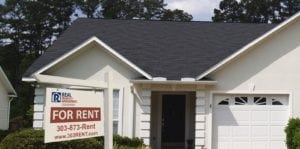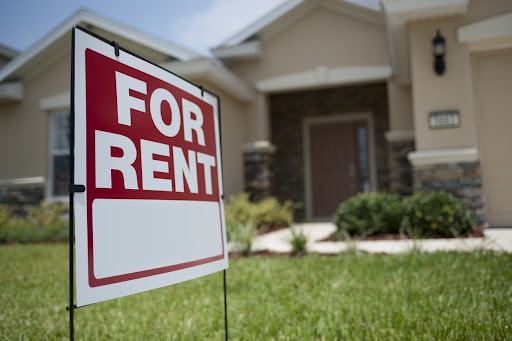 In the previous blog post discussing how owning rental property just makes sense, we compared a $50,000 investment in stocks versus the same investment in a real estate investment property. As you may recall, a $50,000 investment in stocks bought you just that . . . a stock asset worth $50,000. To the contrary, with a $50,000 down payment, you can buy a $250,000 investment property as banks will gladly loan you the remaining $200,000 at historically low interest rates. In that scenario, we assumed both investments appreciated by 10% in the first year leaving you a $55,000 stock asset, with $5,000 of appreciable value, or a $275,000 investment property asset with $25,000 in appreciable value.
In the previous blog post discussing how owning rental property just makes sense, we compared a $50,000 investment in stocks versus the same investment in a real estate investment property. As you may recall, a $50,000 investment in stocks bought you just that . . . a stock asset worth $50,000. To the contrary, with a $50,000 down payment, you can buy a $250,000 investment property as banks will gladly loan you the remaining $200,000 at historically low interest rates. In that scenario, we assumed both investments appreciated by 10% in the first year leaving you a $55,000 stock asset, with $5,000 of appreciable value, or a $275,000 investment property asset with $25,000 in appreciable value.
This time, let’s discuss investment yields, or returns, on capital invested. An investment yield, by definition, is the ratio of the annual income generated by the investment divided by the dollar amount of the initial investment. For the sake of simplicity, we are going to ignore taxes, depreciation, mortgages getting paid down, etc., and just examine basic investment yields. In the scenario above, your return on investment regarding the stock asset is exactly 10% ($5,000 of appreciable value divided by the initial $50,000 investment). Quite honestly, that appears to be a pretty good investment return for the most part considering the Dow Jones Industrial Average (DJIA) has averaged a 7.3% yield since its inception. To the contrary, the return on the property investment is 50% ($25,000 of appreciable value divided by the initial $50,000 investment). Now that’s a substantial difference! And this next fact is equally as staggering. Last year, the DJIA had a 26.5% return, its highest since 1995, and even at that rate of return, it is still just over half of the yield on the investment property. Many of you have already discovered this and you continue re-investing your returns into buying the next investment property . . . and the investment cycle propagates exponentially from there!





